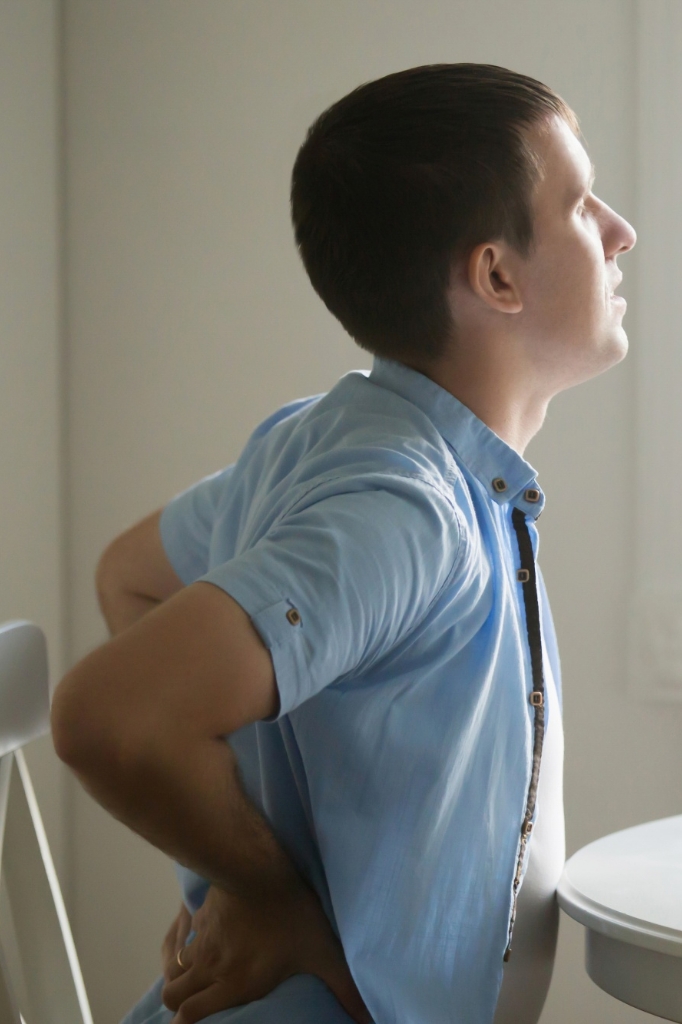Spinal Conditions
Scoliosis
The spine is made up of many vertebrae, which have a slightly curved shape to them. Scoliosis develops when this natural curve shifts sideways, often causing physical deformity.

What causes scoliosis?
Scoliosis develops when the spine rotates and takes on a sidewards curve. This curve may be minimal, although some severe cases can progress to over 100 degrees.
In adults, scoliosis may be caused by trauma to the spine, failed spinal surgery, or age-related wear and tear. In children, scoliosis may present at different ages, depending on the type of scoliosis.
Neuromuscular conditions, such as cerebral palsy or muscular dystrophy, can contribute to scoliosis also. The spine may lose support as muscular function decreases, leading to the formation of a scoliosis curve.
Degenerative conditions such as arthritis and osteoporosis can contribute to scoliosis, particularly in older adults. Degradation of the vertebrae and joints in the spine may alter the shape and stance of an affected person. This type of scoliosis primarily affects the lumbar spine and may become painful as the spine naturally degenerates with age.

Symptoms of scoliosis
People who have scoliosis may experience the following:
- Uneven shoulders (one higher than the other)
- Uneven hips (one higher than the other)
- Uneven ribcage (one side jutting forward more than the other)
- A prominence or lump on one side of the back when bending forward
- Height loss (if developed in adulthood)
- Bowel or bladder dysfunction
How is scoliosis diagnosed?
Scoliosis is typically diagnosed without invasive tests, particularly as severe cases are visible through observation alone. Dr Alvin Pun may use one or more of these tests to confirm scoliosis and plan a course of treatment.
Physical exam
Dr Alvin Pun or your GP may ask you to stand with your arms at your sides as they examine your back. This allows them to detect curvature and identify asymmetry in the shoulders or hips. You may also be asked to complete other movements, such as bending forward.
Cobb method
The Cobb method is used to grade the severity of a spinal curve. Scoliosis is diagnosed when an angle greater than 10 degrees is present: the curve is considered significant if it is greater than 25 degrees, and curves exceeding 45 degrees are considered severe.
X-rays
These will be taken from the front, back, and sides of your body to show the severity of scoliosis. X-rays may be repeated over several months or years to determine whether scoliosis progresses.
How is scoliosis treated?
Most scoliosis cases are mild and do not require treatment, although treatment may be employed in some cases to alleviate pain or prevent the curve from progressing. This is done using conservative measures in most cases, with options including:
- Bracing – this is particularly effective in children and adolescents as the body and bones are still growing. Adequate bracing in the younger years can correct the scoliosis curve as the child grows.
- Pain medication – non-steroidal anti-inflammatory medications may be recommended to reduce pain caused by scoliosis. Your doctor may prescribe a stronger alternative if they are ineffective.
- Exercise and physical therapy – swimming and stretching can help strengthen the spine and prevent scoliosis from worsening. You may undertake these activities independently or enlist a physiotherapist for specific advice. Physiotherapy may also be employed after spinal surgery.
Surgical treatments are usually only recommended if the scoliosis curve exceeds 40 degrees and the curvature impacts your daily life. These aim to stabilise the spine, restore balance, and relieve pressure on the nerves. Surgical treatments for scoliosis may include:
- Spinal fusion – metal rods, specialised screws, and bone grafts may be used to join two or more vertebrae together. This can strengthen and stabilise the spine.
- Laminectomy – A section of one or more vertebrae is removed to alleviate pressure on a nerve. This may help reduce nerve symptoms of scoliosis.
- Expanding rods – rapidly progressing scoliosis at a young age may be corrected by affixing one or two expanding rods along the spine. These are lengthened as the child grows, usually in a clinical setting every 3-6 months.
